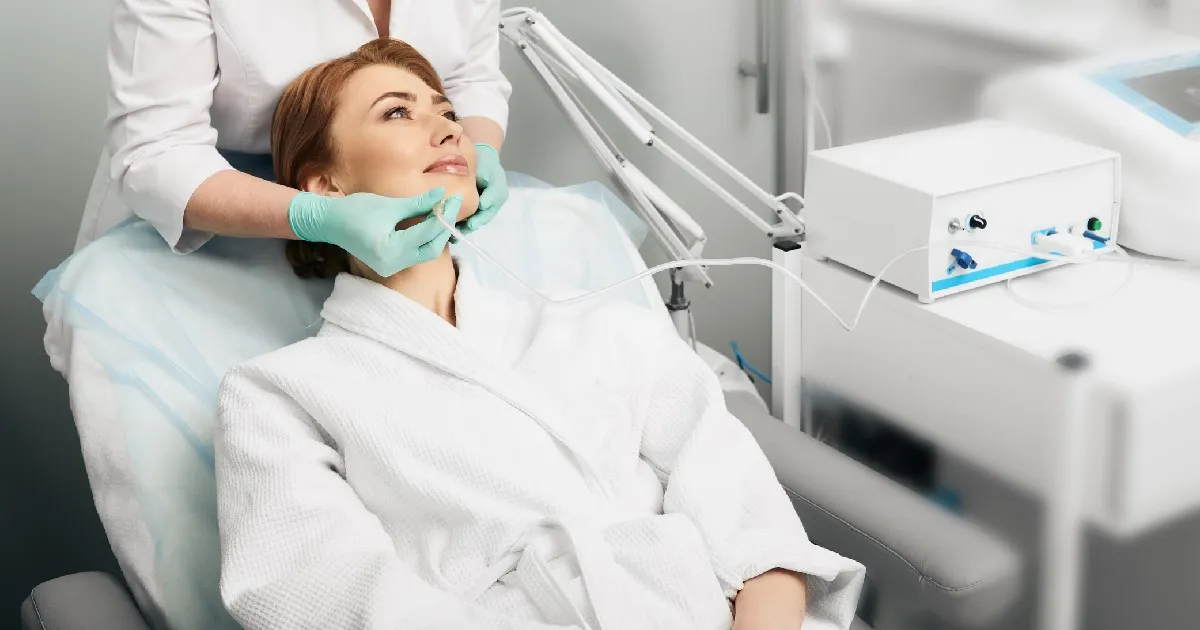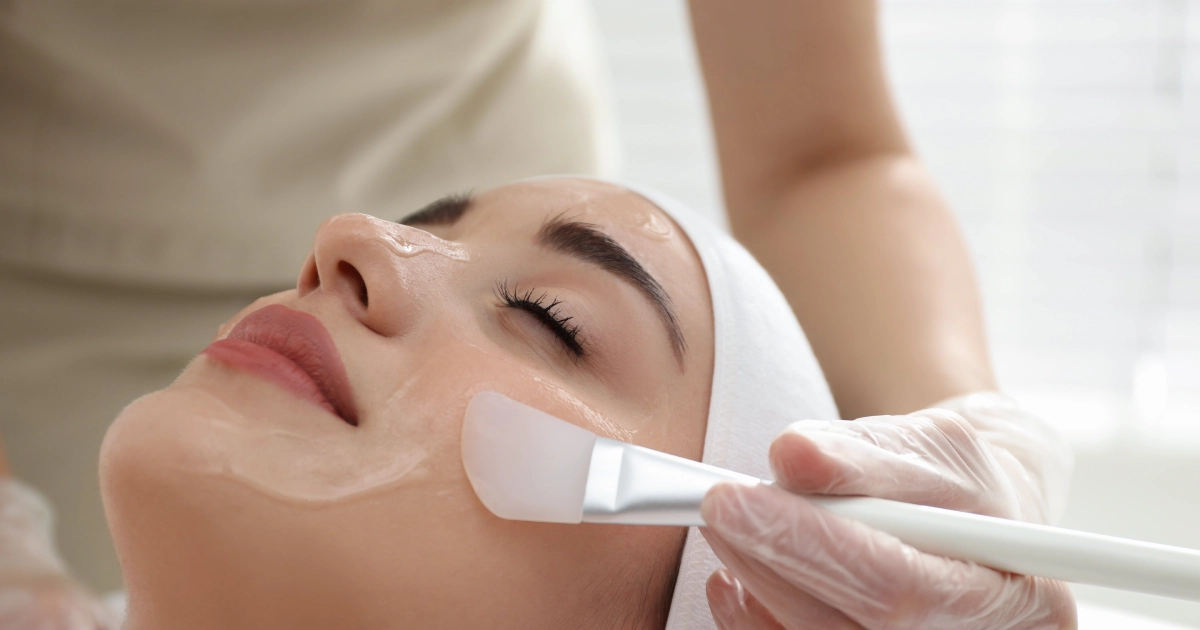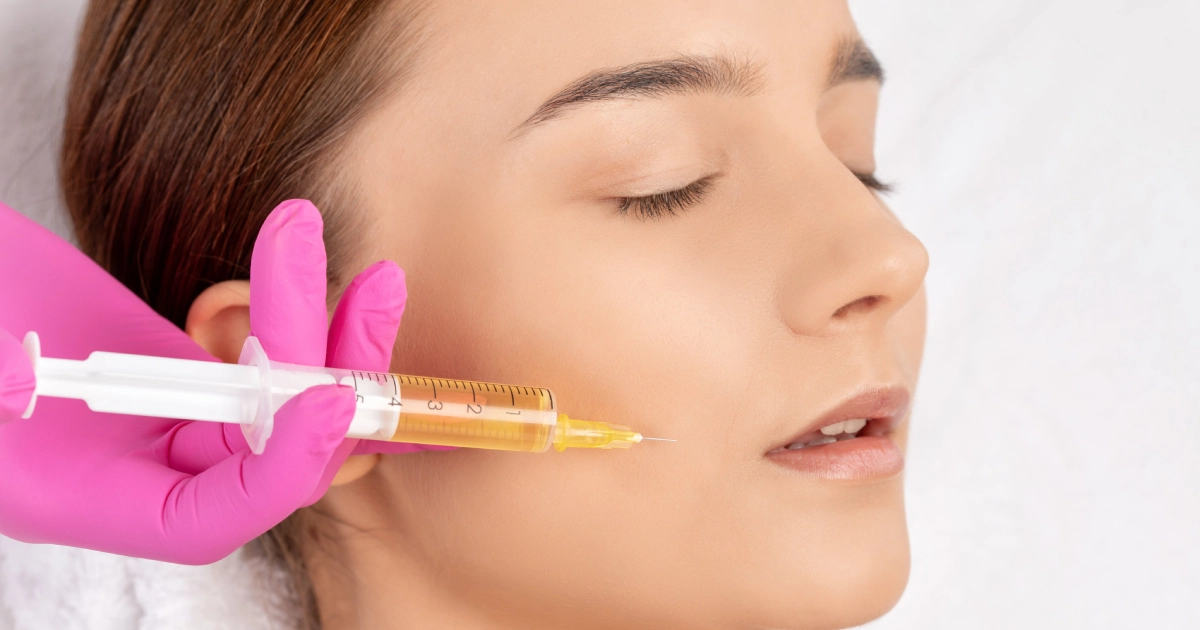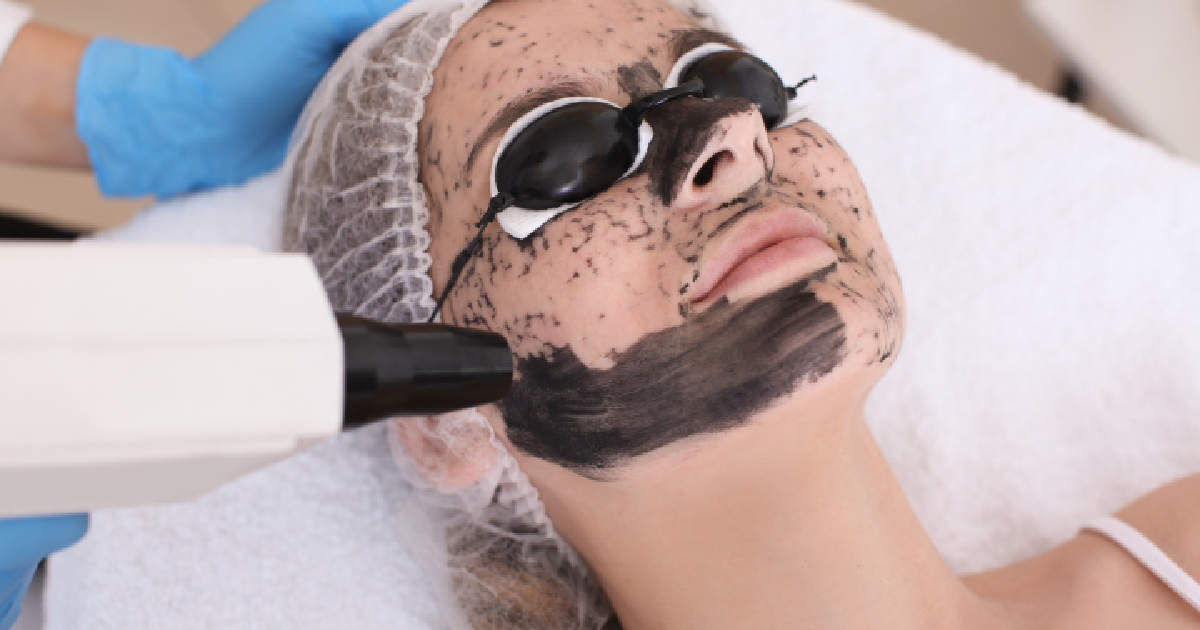Did you know that only about a quarter of sunscreens on the market are actually both safe and effective? A recent CNN report highlights that many familiar brands either fall short on protection or include questionable ingredients. So, for every four sunscreens you see on store shelves, only one meets both safety and effectiveness standards. So, how do you pick a sunscreen that actually does what it’s supposed to? Here’s what to look for.
Why SPF Matters More Than You Think
SPF, or Sun Protection Factor, tells you how well a sunscreen protects against UVB rays—the kind that cause sunburn and increase your risk of skin cancer. SPF 30 blocks about 97% of UVB rays, and SPF 50 blocks around 98%. That extra 1% might not seem like much, but it can make a difference over long exposure times. More important than aiming for the highest number is making sure you’re applying enough and reapplying often. Higher SPFs can give a false sense of security, which leads people to skimp on how often they reapply.
Also, make sure your sunscreen is labeled “broad-spectrum.” That means it also protects against UVA rays, which don’t cause sunburn but do speed up skin aging and can still contribute to skin cancer. UVA rays go deeper into the skin, causing damage that adds up over time.
There are two main types of active ingredients in sunscreen: mineral and chemical. Mineral sunscreens with zinc oxide or titanium dioxide sit on your skin and physically block UV rays. Chemical sunscreens absorb the rays and break them down. Both are effective, but mineral sunscreens are usually better tolerated by people with sensitive or reactive skin.
What to Look For in a Safe Sunscreen
The Environmental Working Group (EWG), cited in CNN’s article, assesses sunscreens for both safety and performance. Here’s what to prioritize:
- Mineral-Based Ingredients: Go for sunscreens with zinc oxide or titanium dioxide. These sit on the skin’s surface and reflect UV rays, making them reliable and less irritating.
- Skip the Harsh Chemicals: Ingredients like oxybenzone and octinoxate have raised safety concerns, including potential hormone disruption.
- Water Resistance: If you’ll be swimming or sweating, choose a sunscreen that stays effective in water for at least 40 minutes.
- Non-Comedogenic: If your skin is oily or acne-prone, pick a formula labeled non-comedogenic to avoid clogged pores.
Proper Application = Proper Protection
Even the best sunscreen won’t help if you don’t use it correctly. It’s not just about having the right product; it’s about using it the right way. Here’s what that looks like:
- Use Enough: Adults should apply about one ounce (roughly a shot glass full) to cover the entire body adequately.
- Apply Early: Put it on about 15 minutes before going outside to allow it to bind properly to the skin.
- Reapply Often: Every two hours is the general rule, or immediately after swimming, sweating, or towel-drying.
- Don’t Forget the Easy-to-Miss Spots: Make sure to cover your ears, the back of your neck, your scalp (especially if you’re thinning or bald), and the tops of your feet.
Don’t Rely on Sunscreen Alone
While sunscreen is a vital part of sun protection, it’s not the only tool you should rely on. Physical barriers can be just as effective in minimizing UV exposure. When possible, seek shade—especially during peak sun intensity hours between 10 a.m. and 4 p.m.
Wear lightweight, long-sleeved shirts and pants made from tightly woven fabrics. Wide-brimmed hats protect your face, ears, and neck more effectively than baseball caps. Don’t forget sunglasses that block 100% of UVA and UVB rays to protect your eyes and the surrounding skin. And if you’re wearing sandals or going barefoot, remember your feet are just as vulnerable to sun damage—consider covering them up or applying sunscreen there, too.
The Alarming Truth: Many Sunscreens Fall Short
The CNN report, based on EWG findings, reveals that about 75% of sunscreens tested didn’t meet safety or efficacy standards. That includes issues like underperforming SPF and harmful additives.
Some sprays and lotions contain oxybenzone, which has been linked to hormone disruption and can be absorbed through the skin. Others don’t live up to their SPF claims. That’s why it pays to read labels and know what ingredients and ratings to look for.
Our Professional Recommendation: A Safe, Effective SPF You Can Trust
At The Natural Place, we carry a broad-spectrum SPF 50 mineral sunscreen that’s been selected for its practical benefits:
- Zinc oxide-based for solid UV protection
- Non-comedogenic and oil-free to prevent breakouts
- Fragrance-free and gentle on sensitive skin
- Water-resistant up to 80 minutes
Whether you’re heading out for errands or a day at the lake, it gets the job done.
Sunscreen: Part of a Holistic Skincare Routine
Using sunscreen daily isn’t just about preventing sunburn—it’s about protecting the results of any skin treatments you invest in. Services like microneedling, chemical peels, and facials can improve your skin, but without sun protection, their benefits can be short-lived.
UV exposure can undo progress and lead to pigmentation, sensitivity, and premature aging. Sunscreen helps maintain your skin’s health and the value of your skincare routine.
Choosing Sunscreen That Actually Works
With so many options and so much conflicting advice, it’s easy to get overwhelmed. But sticking to the basics—broad-spectrum, SPF 30 or higher, mineral-based, and appropriate for your skin type—simplifies the decision.
Next time you’re restocking your skincare products, double-check the sunscreen label. Or skip the guesswork and ask us about our trusted recommendation. Visit The Natural Place to learn more or to pick up a sunscreen that makes sense for your skin and lifestyle.
Need help choosing the right sunscreen? Book a consultation or stop by to explore options that actually work and fit your routine.






